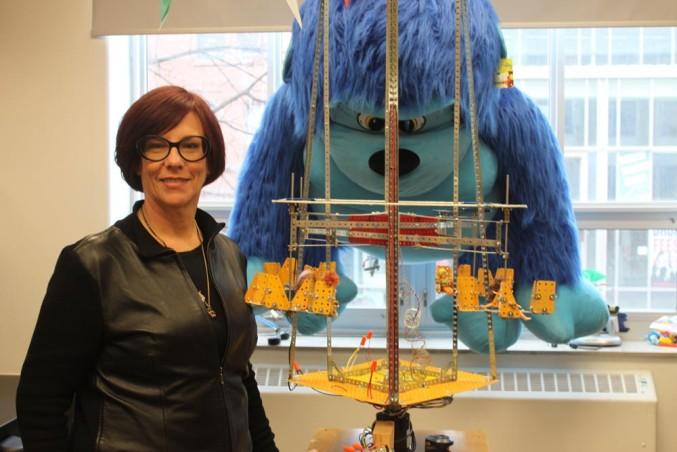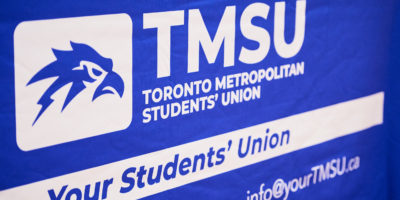Adrenaline junkies love flocking to amusement parks for thrills. But when entertainment is based on danger, how do you keep it safe? Online Editor Jeff Lagerquist takes a look at Ryerson’s own Ride Inspection Lab
The speed and gravity force produced by a modern roller coaster allows theme park goers an experience known only to elite fighter pilots and race car drivers. Formula Rossa at Ferrari World in Abu Dhabi accelerates to 240 km/h in under five seconds using the same technology that launches jets from aircraft carriers, for example. Surely the combination of aerospace technology and the thrill-seeking masses is a recipe for disaster.
Not quite, according to Kathryn Woodcock, director of Ryerson’s Tools for Holistic Ride Inspection Learning and Leadership (THRILL) Laboratory. Most injuries happen on the type of ride your parents would have enjoyed at the local carnival, not the multi-million dollar super-coasters that draw crowds today.
Why? Because the old scrambler and ferris wheel just aren’t thrilling enough for the young daredevils of today.
“We’ve got kids riding legacy classic rides designed 50 years ago, when people complied with conventional ways of using technology. Today’s generation is all about testing boundaries,” said Woodcock.
Extreme sports and the Jackass phenomenon engrained into today’s youth means they’re far more likely to stand up on the seat or lean outside of the car when they visit the midway. This type of behavior causes around 80 per cent of rider injuries according to Woodcock. Older style rides are more than likely going to remain a permanent fixture at local theme parks and travelling midways. And chances are kids are not going to suddenly become more sedate.
So what can be done? When things go wrong at a theme park, the local news invariably features a man in greasy overalls claiming the ride had been inspected just that morning. When Woodcock set out to improve ride safety, she started with the routine inspections, looking to get them on par with aviation pre-flight checks.
“It was sort of egotistical on my part to waltz in and fix their checklists and assume they’d do a better job,” said Woodcock. In Ontario, the Technical Standards and Safety Authority (TSSA), the manufacturer, and the owners regularly inspect rides of all sizes and configurations.
It turns out engineers and investigators are good at solving technical issues but are often baffled by human behavior.
“When people make mistakes, which is the largest category of injury, it was very unlikely that [investigators] would come up with meaningful solutions,” said Woodcock.
“Human factors” are the most dangerous and unpredictable part of any ride according to Woodcock. The THRILL lab’s primary function is to study these human factors and how they relate to rider behavior, control interfaces, and accident inspections. The sensory experience of a ride is a major factor in the way a rider behaves. THRILL lab researchers describe these variations as a rider’s “workload.”
“Your excitement level varies as you go through a ride. If somebody is super excited, they may not be able to remember all of the safety warnings they are supposed to. If they’re bored, they are more inclined to disregard the warnings and do something extreme,” said Woodcock.
The THRILL lab is working with colourful light panels that face the rider when mounted on the back of the car or seat in front.
“We’re looking at tricks that you could put in the ride to make it more entertaining,” said Woodcock. Slower rides may soon feature 3D video games and targets for riders to fire foam darts at in order to keep them properly occupied.
Motion reference installations may also be used to give a greater sense of the ride’s speed.
“Riders stand up because they have too much time on their hands. What we’re trying to do keep them distracted, or scare them out of doing something stupid,” said Woodcock.
In 2001, there were only 51 amusement ride accidents reported to the TSSA, but many incidents go unreported. Still, the millions of fair-goers in Canada and the U.S. can rest assured that Woodcock and Ryerson’s THRILL lab are doing their best to make sure that even the most impulsive, adrenaline-addled rider gets off every ride safely. And when they don’t, THRILL is developing an app to help investigators make sense of the twisted metal and piles of corpses.











Kathryn Woodcock
Thanks, Jeff, for the article!